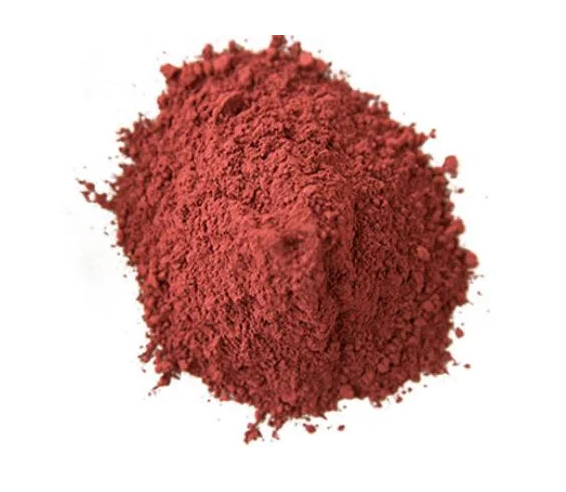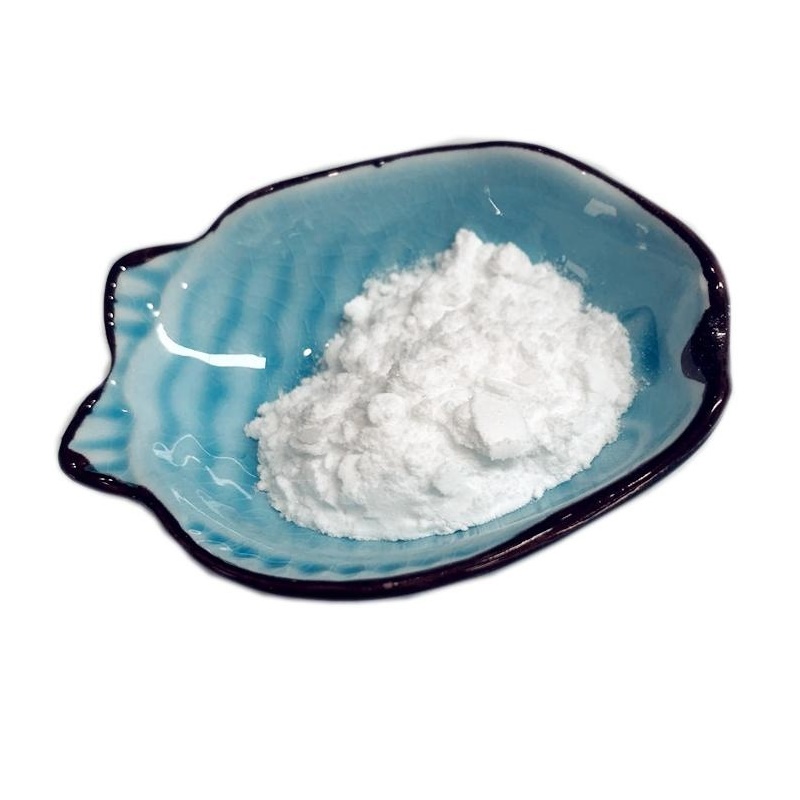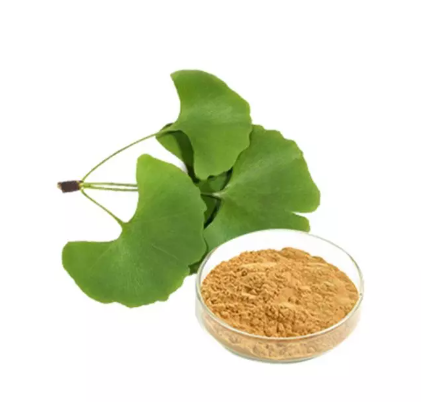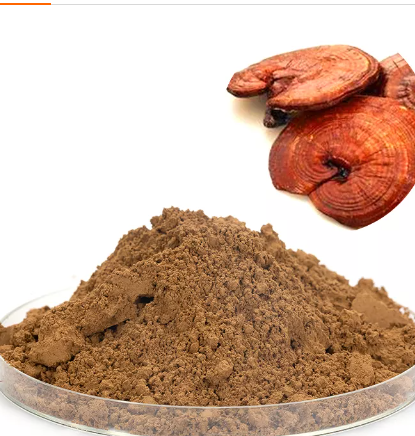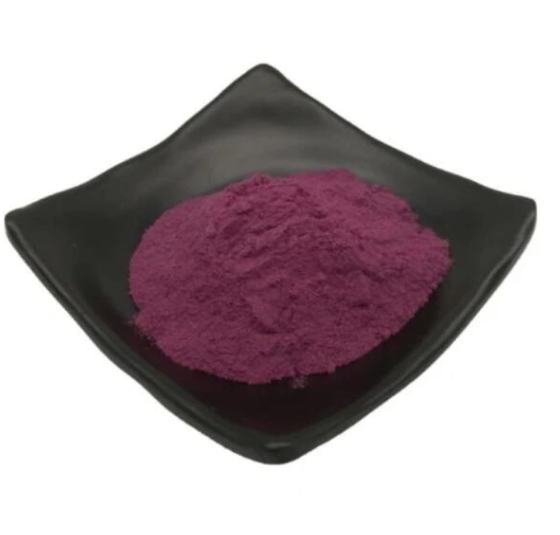

Tea tree oil CAS 68647-73-4
——————
CAS number : 68647-73-4
molecular formula : 0
EINECS : 232-293-8
——————
Email : info@deshangchem.com
Mobile : +86-13153039501
TEL : +86-531-88752665
CAS number:68647-73-4
molecular formula:Null
molecular weight:0
EINECS number:232-293-8
English synonyms
Organic Tea Tree Oil;Sesame Oil (Sesamum Indicum);MELALEUCA ALTERNIFOLIA (TEA TREE) LEAF OIL;Melasol;melaleuca alternifolia oil;MELALEUCA OIL;1 3 4 6 7 8-HEXAHYDRO-4 6 6 7 8 8-HEXA&;OilofMalaleuca
Related categories
Daily Cosmetics; Flavor and Fragrance; Single Essential Oil; Plant Essential Oil Beauty Daily Chemical Raw Material; Plant Essential Oil; Fragrance; Plant Extract; Essential Oil; Antioxidant; Natural Plant Essential Oil; Raw Material; Natural Forest Essential Oil; Food Additive; Essential Oil; Medical raw materials; Daily chemical raw materials; Biochemical reagents-fatty acids; Chemicalbook machine chemical raw materials; Natural essential oils; Antioxidants; Food additives; Chemical materials; Daily chemicals; Chemical intermediates
Introduction
Tea tree essential oil is extracted from the tea tree plant (Melaleuca alternifolia), which belongs to the Myrtaceae family and is one of the most commonly used essential oils in Chemicalbook. It is one of the most effective essential oils for boosting the body's immunity, treating sudden viral, bacterial and fungal infections, cleaning wounds, and relieving sore muscles.
| boiling point | 165 °C(lit.) |
| Specific optical rotation | D +6°48 to +9°48 |
| density | 0.878 g/mL at 25 °C(lit.) |
| refractive index | n20/D 1.478(lit.) |
| FEMA | 3902 | TEA TREE OIL |
| Flash point | 147 °F |
| Storage conditions | 2-8°C |
| shape | liquid |
| optical activity | [α]20/D +9.4°, neat |
As a natural disinfectant, tea tree oil is widely used in the prevention and treatment of various diseases, especially aromatherapy, such as abscesses, facial cells, acne, acne, athlete's foot, nail infections, blisters, burns, frostbite, Skin problems such as sunburn, dandruff, ringworm, insect bites, rashes, warts, infected wounds, such as otitis, gum inflammation, stomatitis, bronchitis Chemicalbook, asthma, pharyngitis, nasopharyngeal mucositis, cough , sinusitis, tuberculosis, asthmatic cough and other ENT and respiratory diseases, such as vaginitis, vaginal itching, cystitis, anal fissure and other reproductive and urinary organ infections, such as colds, colds, fever, influenza , Glandular fever, infectious diseases and the treatment of immune system problems in AIDS patients.
In general, distillation, solvent extraction, and microwave-assisted solvent extraction are often used for tea tree essential oil. Distillation is divided into three types: water distillation, water distillation, and steam distillation. In industrial production, steam distillation is often used to extract tea tree oil. However, there was no significant difference in the yield of essential oils for fresh or dried leaves of Melaleuca alternifolia. The solvent extraction method (using ethanol as the solvent) has a higher oil yield than the water vapor distillation method (10% to 20% higher). The yield of monoterpenes can be increased by 4% to 6%, and the yield of sesquiterpenes is increased more obviously. Since the solvent extraction method does not change the essential oil components, it is more in line with the composition of the essential oils in the branches and leaves, so the solvent extraction method is often used for the comparison and screening of plant varieties (such as for variety breeding).

Tea tree oil CAS 68647-73-4
CAS number:68647-73-4
molecular formula:Null
molecular weight:0
EINECS number:232-293-8
English synonyms
Organic Tea Tree Oil;Sesame Oil (Sesamum Indicum);MELALEUCA ALTERNIFOLIA (TEA TREE) LEAF OIL;Melasol;melaleuca alternifolia oil;MELALEUCA OIL;1 3 4 6 7 8-HEXAHYDRO-4 6 6 7 8 8-HEXA&;OilofMalaleuca
Related categories
Daily Cosmetics; Flavor and Fragrance; Single Essential Oil; Plant Essential Oil Beauty Daily Chemical Raw Material; Plant Essential Oil; Fragrance; Plant Extract; Essential Oil; Antioxidant; Natural Plant Essential Oil; Raw Material; Natural Forest Essential Oil; Food Additive; Essential Oil; Medical raw materials; Daily chemical raw materials; Biochemical reagents-fatty acids; Chemicalbook machine chemical raw materials; Natural essential oils; Antioxidants; Food additives; Chemical materials; Daily chemicals; Chemical intermediates
Introduction
Tea tree essential oil is extracted from the tea tree plant (Melaleuca alternifolia), which belongs to the Myrtaceae family and is one of the most commonly used essential oils in Chemicalbook. It is one of the most effective essential oils for boosting the body's immunity, treating sudden viral, bacterial and fungal infections, cleaning wounds, and relieving sore muscles.
| boiling point | 165 °C(lit.) |
| Specific optical rotation | D +6°48 to +9°48 |
| density | 0.878 g/mL at 25 °C(lit.) |
| refractive index | n20/D 1.478(lit.) |
| FEMA | 3902 | TEA TREE OIL |
| Flash point | 147 °F |
| Storage conditions | 2-8°C |
| shape | liquid |
| optical activity | [α]20/D +9.4°, neat |
As a natural disinfectant, tea tree oil is widely used in the prevention and treatment of various diseases, especially aromatherapy, such as abscesses, facial cells, acne, acne, athlete's foot, nail infections, blisters, burns, frostbite, Skin problems such as sunburn, dandruff, ringworm, insect bites, rashes, warts, infected wounds, such as otitis, gum inflammation, stomatitis, bronchitis Chemicalbook, asthma, pharyngitis, nasopharyngeal mucositis, cough , sinusitis, tuberculosis, asthmatic cough and other ENT and respiratory diseases, such as vaginitis, vaginal itching, cystitis, anal fissure and other reproductive and urinary organ infections, such as colds, colds, fever, influenza , Glandular fever, infectious diseases and the treatment of immune system problems in AIDS patients.
In general, distillation, solvent extraction, and microwave-assisted solvent extraction are often used for tea tree essential oil. Distillation is divided into three types: water distillation, water distillation, and steam distillation. In industrial production, steam distillation is often used to extract tea tree oil. However, there was no significant difference in the yield of essential oils for fresh or dried leaves of Melaleuca alternifolia. The solvent extraction method (using ethanol as the solvent) has a higher oil yield than the water vapor distillation method (10% to 20% higher). The yield of monoterpenes can be increased by 4% to 6%, and the yield of sesquiterpenes is increased more obviously. Since the solvent extraction method does not change the essential oil components, it is more in line with the composition of the essential oils in the branches and leaves, so the solvent extraction method is often used for the comparison and screening of plant varieties (such as for variety breeding).
Team Presentation


